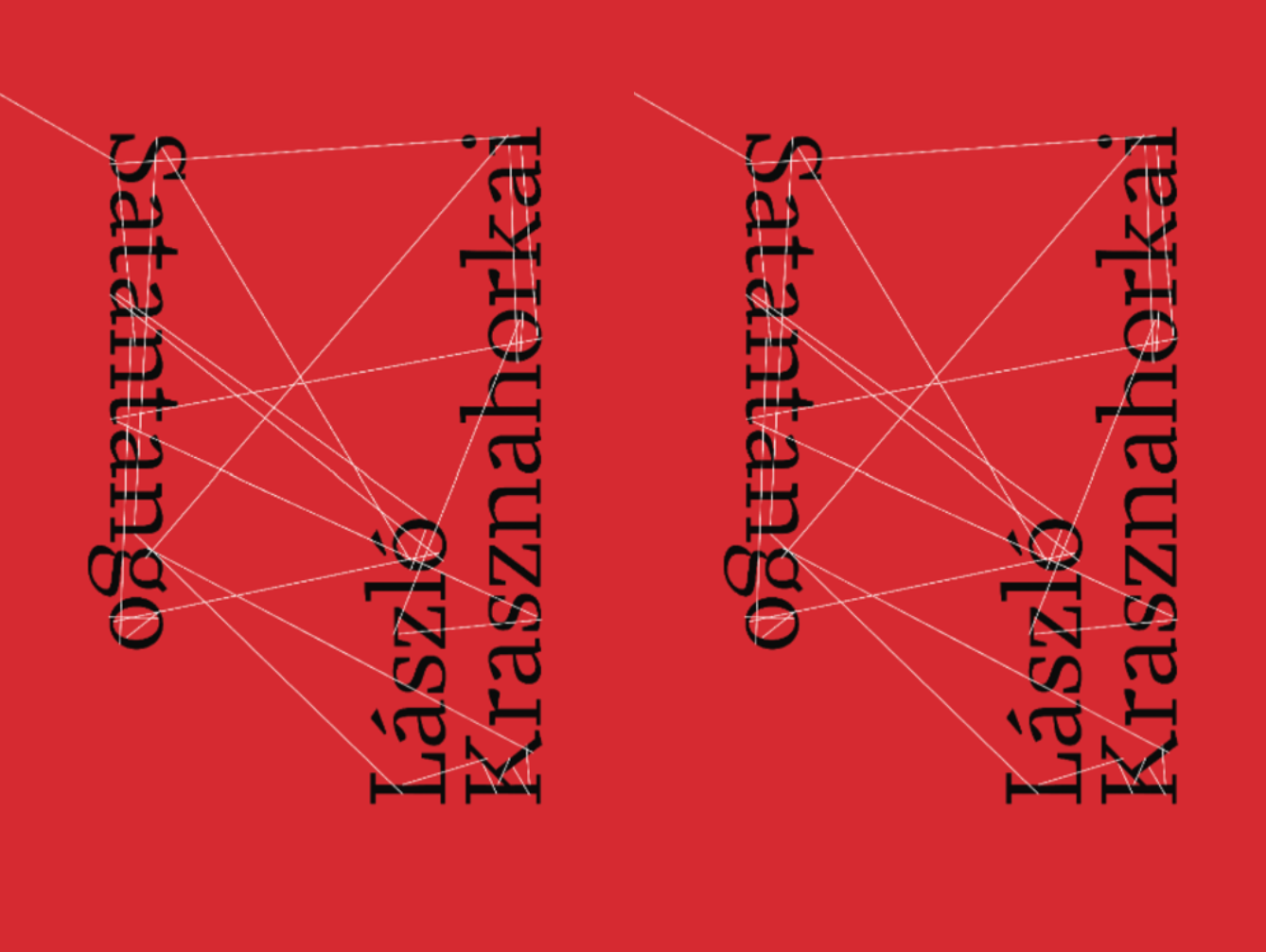Innovators in Lit #11: New Directions

New Directions was founded in 1936, when James Laughlin issued the first of the New Directions anthologies, which introduced readers to the early work of William Saroyan, Marianne Moore, Wallace Stevens, Delmore Schwartz, Dylan Thomas, John Hawkes, Denise Levertov, James Agee, and Lawrence Ferlinghetti, among others. New Directions recently celebrated 75 years, and I have long admired their commitment to publishing incredible work, including one of the strongest literature in translation lists around. Anne Carson’s Nox, also a terrific innovation in design; Victor Pelevin’s Omon Ra; and Clarice Lispector’s Near to the Wild Heart are just a few of the New Directions books that have preferred spots on my bookshelves. When I’m not sure what I want to read next, I go to New Directions with the confidence that I’ll come across something really good. Tom Roberge, the Publicity and Marketing Director at New Directions, was nice enough to chat about the secret to ND’s longevity, what’s in the pipeline, and featherweight paper.Laura: New Directions recently celebrated 75 years (congrats!). What do you think has allowed ND to not only survive for the better part of a century, but to remain current and vital?
Tom Roberge: Well, I’d like to say that short and simple answer is that we publish great books by great writers and the rest takes care of itself, but that’s really not true. Publishing is a business, and I think that in addition to finding such great books, we’ve maintained a remarkable dedication to running New Directions properly, with care and attention to every aspect. I suppose it’s the same with any business.
Laura: How would you describe the New Directions aesthetic?
TR: It began with a dedication to experimental literature, and of course we’ve published quite a bit of experimental fiction and poetry over the years. But the definition of experimental has obviously changed, and with that our aesthetic tastes, to a certain degree. It’s not an easy answer, is what I’m saying, but I do know that with every book we publish, for those who know us, people should be able to hear or read just a little bit about it and think to themselves “Yup, that’s a New Directions book.”
Laura: Few publishers rival New Directions for translations. When it comes to the volume of work out there worthy of translation, the possibilities must seem infinite. Can you take us inside ND’s selection process?
TR: The possibilities are indeed nearly infinite. But, going back to the last question, the first criteria has to be “Is this a New Directions book?” When we hear about something, that’s our question to the translator or foreign publisher or whoever brings it to our attention, which is how we tend to learn about things. We have a vast web of friends and colleagues who do a sort of advanced scouting for us. Many of them are writers themselves, our writers, and of course we rely on their opinions a great deal. It’s a tradition here.
Laura: Victor Pelevin is one of my favorite ND authors. He has a new book, The Hall of the Singing Caryatids, due out from New Directions in October, as part of the “Pearl Series.” Can you talk a little about the impetus behind this series and its objectives?
TR: The Pearl Series was created in the wake of another series called the Bibelots, also short works and in a small trim size. The idea is basically to present shorter works by our authors in order to give readers a sort of amuse bouche, to whet their appetites for the longer works.
Laura: Do the marketing strategies differ for the Pearls than they do for ND’s “regular” titles?
TR: We’re trying to publicize the Pearls together more as the set gets bigger, but it’s not always easy when they aren’t all novellas, or even fiction. And of course we treat each book as an individual work of art first and foremost. They all deserve that.
Laura: New Directions does not have a university affiliation. What are the advantages (and possible challenges) of operating outside the university umbrella?
TR: I’m not sure this is clear, and you’re by no means the first person to ask about this, but we are NOT a non-profit. So the idea of being affiliated in any way, shape, or form is completely foreign to us – and we like it that way.
Laura: Is there anything in the pipeline at New Directions that you’re especially excited about?
TR: We have Helen DeWitt’s second novel Lightning Rods, which just published. It’s basically a corporate satire rife with sex. Beyond that, in February of 2012, is László Krasznahorkai’s masterpiece Satantango. It’s the story of a small town in Hungary that’s beset with failed schemes, mistrust, and loads of betrayals.
Laura: What are some other publishers or literary entities you find inspiring?
We love the New York Review of Books, and even share some authors, and Melville House, too, for their creativity in terms of marketing, publicity, and design.
Laura: What do you wish existed in publishing that hasn’t been invented yet?
TR: Featherweight paper. I tend to read a lot of doorstop books, and yet I hate carrying things around with me. If every book could fit in a jacket pocket, I’d be very happy. And no, I don’t want an e-reader of any kind. Not my thing.


